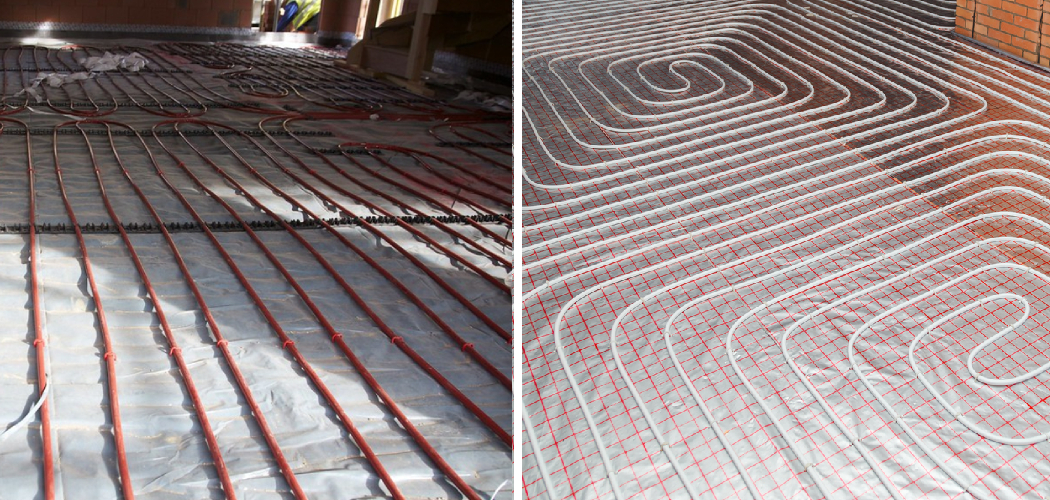If you’re a homeowner in northern climates, then you know firsthand the comfort and convenience of radiant floor heating. A fairly modern invention, this type of heating system works by pumping hot water through tubing installed underneath your flooring; as the heat radiates up from below, it warms your space quickly and efficiently.
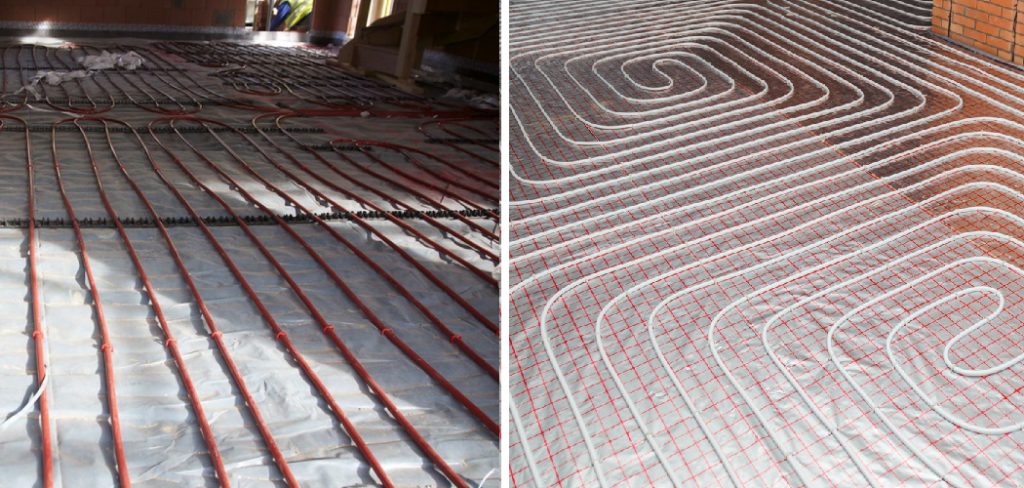
But should that same tubing break or corrode due to wear and tear over time?
Then leaks can occur, leaving your warm floors damp – not exactly comfortable! In this blog post, we are going to look at how to fix a leak in radiant floor heating so you can get back into those comfortable temperatures fast. Read on for more information about fixing a leak in radiant floor heating systems safely and with minimal disruption!
Step by Step Guidelines on How to Fix a Leak in Radiant Floor Heating
Step 1: Shut off the power
Before you begin any repairs, make sure to shut off the power to the unit so that there is no danger of electric shock. If you don’t turn off the power, you will be at risk of being electrocuted. This is an important safety step. So you should always shut off the power before attempting any repairs.
Step 2: Identify the leakage source
The next step in the repair process is to identify where the leak is coming from. The most common sources are usually found near joints, valves, and fittings as well as crimps or kinks in the tubing. You can check for leaks with a pressure test – if there’s a dip in the system pressure, you know you have a leak somewhere to be found.
Step 3: Remove the faulty part
Once you’ve identified the leak source, it’s time to remove and replace the faulty parts. Use a wrench or other appropriate tools to carefully loosen and disconnect any tubing joints, valves, or fittings that may be causing the leak. Use caution so that you don’t damage any other components of the radiant floor heating system. While removing the faulty part, pay attention to any water or debris that might be leaking from it.
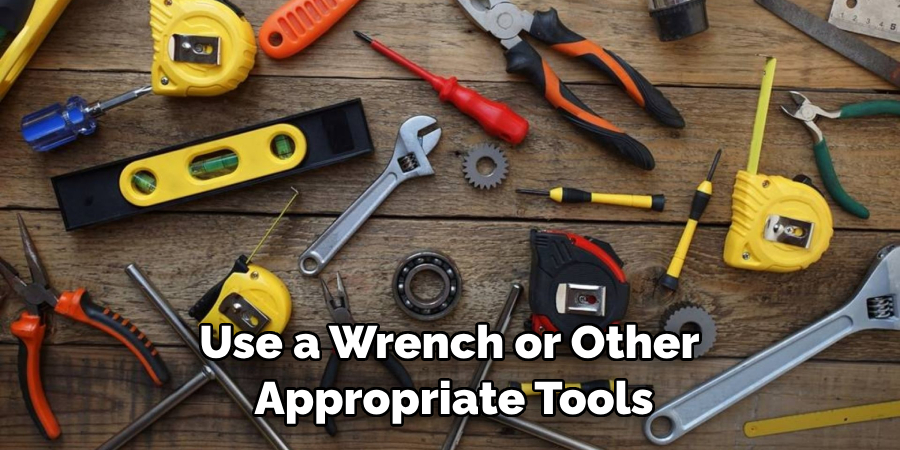
Step 4: Install the new part
Now, it’s time to install your replacement parts. Make sure that all connections and seals are properly installed and tightened before you power the unit back on. It is also important to make sure that all valves are turned off completely when not in use, as this can prevent future leaks and extend the life of your radiant floor heating system.
Step 5: Test the repairs
Once you have finished installing and connecting all the new parts, it’s time to test the repairs. Turn on the power and run a pressure test to make sure there are no additional leaks or weak points in the system. If everything checks out, then your radiant floor heating is ready to use again!
By following these five steps, you can easily and safely fix a leak in your radiant floor heating system. If you ever have any questions or concerns about maintaining and repairing this type of heating system, don’t hesitate to call a professional. With the right knowledge and tools, you can quickly restore the comfort of your warm floors without too much disruption.
Additional Tips and Tricks to Fix a Leak in Radiant Floor Heating
1. Use a moisture meter to make sure that the leak has been completely sealed and repaired. Make sure to test in multiple areas, as some leaks may be hidden.
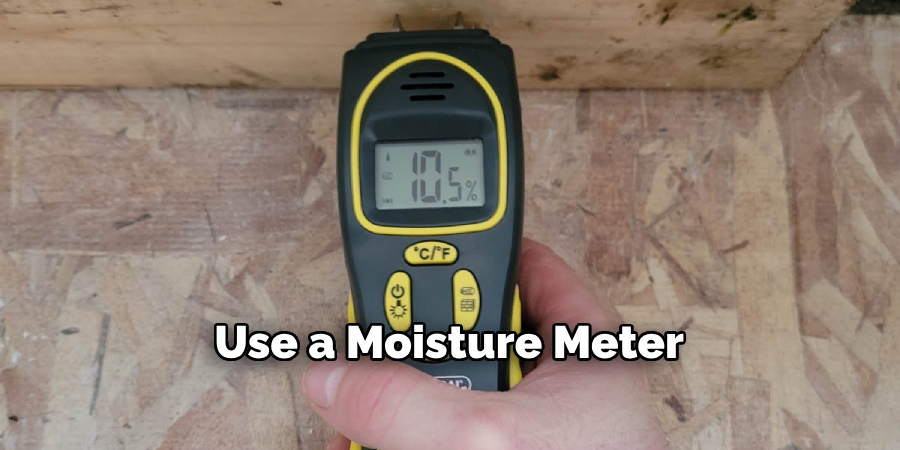
2. Once the area is dry, inspect it carefully for any signs of additional damage or potential future issues, such as damaged insulation or other structural problems. If you find any damage, it is best to address the problem before finishing the repair.
3. To prevent future leaks from occurring, consider having a professional inspect your radiant floor heating system at least every two years and replacing any components that may be damaged or worn out.
4. Keep an eye on your electric bill as well; if you notice a sudden spike in energy usage, it may be a sign that you have a leak in your radiant floor heating system.
5. If the leak persists or returns after you’ve completed the repair, consult with an experienced technician who can help diagnose and fix the issue.
Following these tips and tricks will ensure that you are able to successfully fix any leaks in your radiant floor heating system, and will help you maintain its efficiency for years to come. Good luck!
Things You Should Consider to Fix a Leak in Radiant Floor Heating
1. Identify the Source of the Leak:
To fix a leak in a radiant floor heating system, it is important to first identify the source of the leak. This could be due to water seeping through grout lines or worn-out pipes. It is important to carefully inspect all areas around the pipes for signs of wetness and water damage. This is the first step in fixing a leak.
2. Prevent Further Damage:
Once you have identified the source of the leak, it is important to take steps to prevent further damage such as shutting off the water supply or electricity powering the system. This should be done before attempting any repairs. Furthermore, if there is standing water on the floor, it should be cleaned up as soon as possible.
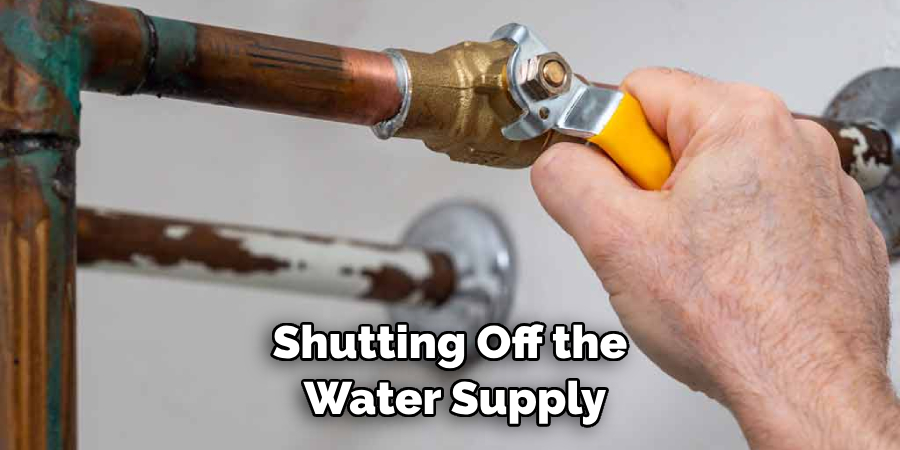
3. Repair the Leak:
Once you have identified and prevented any further damage, it is time to repair the leak. Depending on the source of the leak, this could involve replacing worn-out pipes or sealing grout lines with a waterproof sealant. It is important to use quality materials for all repairs in order to ensure the longevity of the repair. You should also consider consulting a professional if you are not confident in your ability to make the correct repairs.
4. Test Your Repair:
After making any repairs to a radiant floor heating system, it is important to test that they have been effective. This can be done by turning on the water supply or electricity powering the system and testing for leaks in all affected areas. If any are found, additional repairs may need to be made.
5. Maintain Your System:
Finally, it is important to regularly maintain your radiant floor heating system. This can be done by checking for any signs of wear and tear on pipes and grout lines and making repairs as needed.
Additionally, the water supply should be checked regularly to ensure the proper flow of water through the system. Taking these steps will help prevent any future leaks and keep your system in good condition.
By understanding how to fix a leak in radiant floor heating, homeowners can take the necessary steps to ensure that their system is working properly and safely. With this knowledge, you can prevent costly repairs in the future and enjoy a warm and comfortable home.
Precautions Need to Follow for Fixing a Leak in Radiant Floor Heating
When attempting to fix a leak in radiant floor heating, there are several important precautions to consider and follow for the best possible outcome. Careful planning and attention to safety are essential during this process.
1. Always turn off the power to the system before beginning any work on a radiant floor heating system. This includes turning off all nearby water sources that could be connected to the system, as well as disconnecting any electrical wiring that may be attached.
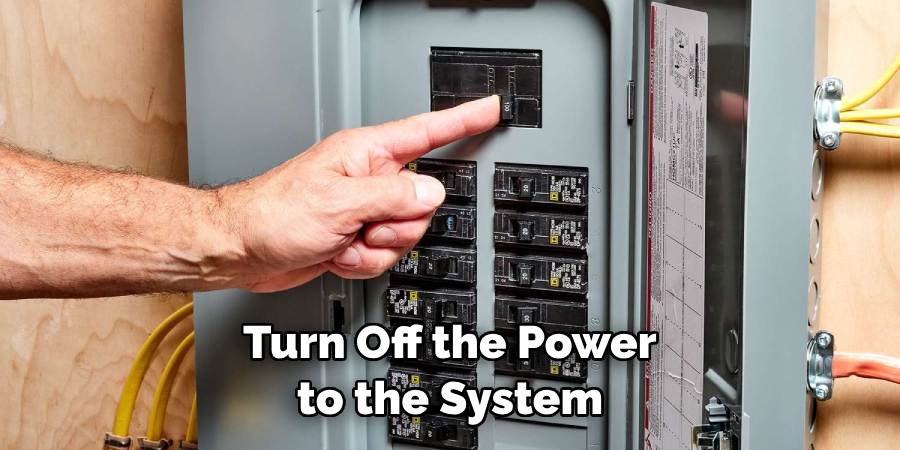
2. Use caution when dealing with hot liquid or gas lines while inspecting and repairing a leaky radiant floor heating system. It’s possible for aging materials to come loose, so make sure you wear protective clothing such as gloves or goggles.
3. Ensure that the area is well-ventilated before you begin. Radiant floor heating systems are designed to keep a room warm, but they can also create dangerous levels of carbon monoxide if not properly cared for.
4. Once the leak has been identified, use appropriate materials and techniques when repairing it. If you’re going to apply any type of sealant or adhesive to the floor, make sure it’s specifically designed to be used with radiant floor heating systems.
Following these safety tips will ensure that you can complete the repair work on your leaky radiant floor heating system without any issues or damage. With the right precautions and careful planning, fixing a leak in your radiant floor heating system should be a relatively straightforward process.
Frequently Asked Questions
How Do I Fix a Leak in My Radiant Floor Heating?
Depending on the severity of the leak, you may be able to fix it yourself. The most common issue is an air or water leak from faulty or damaged parts. If possible, inspect and replace any damaged parts such as hoses and valves. Check for loose connections, cracked or corroded metal, and other signs of wear. If the issue is with a component that cannot be replaced, contact a professional plumber to repair it properly.
What Should I Do if the Leak Persists?
If your repairs are not successful in fixing the issue, you may need to replace the entire system. Replacement parts can be costly, so it’s important to contact a qualified plumber before attempting any major repairs. The plumber can assess the situation and provide you with recommendations on how to proceed, as well as give advice on suitable replacement parts.
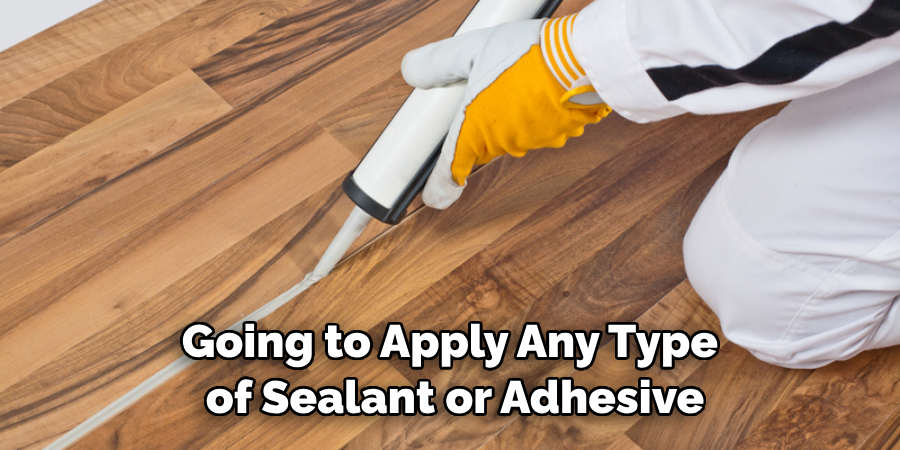
Is There Any Way to Prevent Leaks in Radiant Floor Heating?
Regular maintenance is key when it comes to preventing leaks in radiant floor heating. Hoses and connections should be checked regularly for signs of wear or damage. Additionally, it’s important to ensure the system is laid correctly to avoid punctures and other issues that can cause leaks. If you have any questions about installation or maintenance, always consult a qualified professional.
Do I Need Professional Help to Fix a Leak in Radiant Floor Heating?
In most cases, yes. If the problem is with a component that you cannot replace on your own (such as a faulty valve) then it’s best to call in a professional. Plumbers have experience dealing with these types of issues and can provide advice on how to proceed with repairs in the safest and most efficient way possible.
Conclusion
With the above outlined you can easily understand how to fix a leak in radiant floor heating. Remember to inspect and replace any damaged parts, contact a qualified plumber for major repairs, perform regular maintenance on the system, and consult a professional if you have any questions about installation or maintenance. With this knowledge in hand, you should be able to keep your radiant floor heating system running smoothly and safely.
